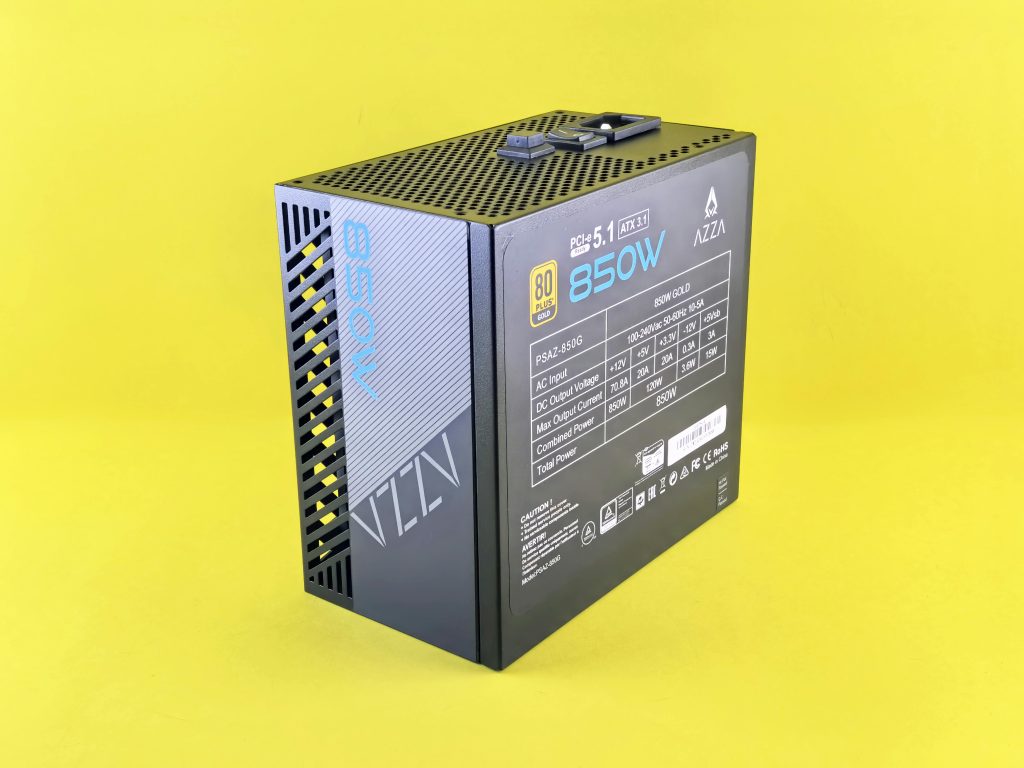Optimizing Zigbee Network Integration: Managing Multiple Coordinators in a Smart Home
Introduction
Smart home automation has revolutionized the way we manage our living spaces, offering increased comfort, energy efficiency, and convenience. Central to this ecosystem is the Zigbee protocol, which facilitates seamless communication between various connected devices. However, integrating multiple Zigbee devices and coordinators can pose challenges, especially when considering network architecture and device compatibility. This article explores these issues and provides insights into effective Zigbee network management within a smart home environment.
Understanding Zigbee Network Architecture
At the core of a Zigbee network is the coordinator—an essential device responsible for establishing and maintaining the network. Typically, a home automation hub or gateway functions as this coordinator. According to Zigbee standards, only one coordinator should be active within a single Zigbee network to ensure proper communication and avoid conflicts.
Case Study: Futura Z Control Unit and Additional Zigbee Devices
Consider a scenario where a homeowner uses a Futura Z Zigbee control box to manage underfloor heating across different rooms. This device doubles as the network coordinator, enabling direct control and integration with the home’s heating system. The homeowner also plans to incorporate an SLZB-06M Zigbee module to extend control over lighting—such as Philips Hue bulbs—via mobile devices.
Key Challenges
The primary challenge stems from the fact that the Futura Z control box inherently functions as a Zigbee coordinator. Since only one coordinator can exist within a Zigbee network, integrating an additional coordinator like the SLZB-06M directly into the same network is problematic. Attempting to add the SLZB-06M as a second coordinator risks creating network conflicts, resulting in unstable or non-functional setups.
Possible Solutions and Best Practices
-
Segregate Networks: Maintain separate Zigbee networks—one for the heating system managed by the Futura Z control box and another for lighting and other devices controlled via the SLZB-06M. While this approach simplifies setup, it requires managing multiple networks, which may not be ideal from a user experience standpoint.
-
Use a Zigbee Hub with Multiple Device Roles: Select a central hub that supports multiple device types and can act as the primary coordinator for all devices. Some advanced hubs can integrate various routers and end devices without requiring multiple coordinators.
-
Bridging or Integration Platforms: Implement bridging solutions or platforms that can link multiple Zigbee networks, enabling centralized control through a single
Share this content:



